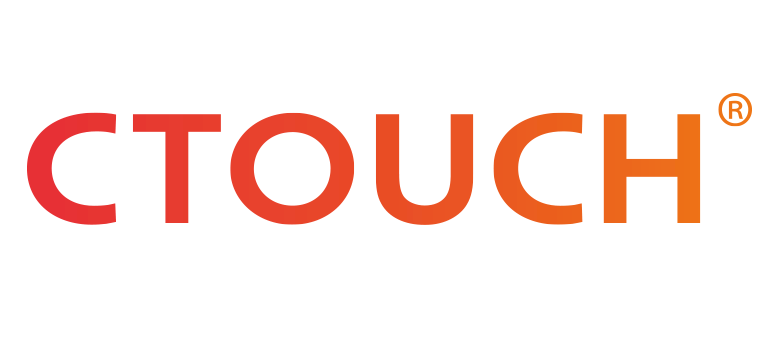Ctouch Assistant
Project description
For our CTOUCH project, the main research question revolved around:
"How can interactive display solutions be optimized with Ai to improve collaboration and engagement in professional and educational environments?"
This question was tailored to address the challenge of creating an effective, user-friendly interface that enhances the user experience for diverse stakeholders, including teachers, students, and professionals.
Context
Purpose and Industry Context:
The project aimed to explore user needs and potential improvements for CTOUCH's interactive displays. These devices are widely used in professional and educational contexts where collaboration and interactivity are essential.
Given the shift toward hybrid learning and remote work, there was a growing need for technology that bridges physical and virtual collaboration effectively.
Stakeholders:
Primary users: Teachers, students, and office professionals who require intuitive tools for presentations, brainstorming, and learning.
Secondary stakeholders: CTOUCH’s design, R&D teams, and business clients, who rely on user feedback to refine product offerings.
Challenges Identified:
Usability issues: Users reported frustration with cluttered interfaces and difficulties in accessing key functionalities.
Engagement barriers: Limited interaction and outdated features reduced the effectiveness of the product.
Scalability: Ensuring the product meets diverse user needs across industries and regions.
Research Objective:
To address these challenges, the research focused on improving the overall user experience by redesigning the interface and adding functionalities that enhance interactivity and engagement.
Scope and Collaboration:
The project was a collaborative effort between the CTOUCH team and student designers. It combined primary research methods, such as expert interviews and usability testing, with ideation sessions to propose and prototype innovative solutions.
Results
The project successfully resulted in the development of a highly interactive and user-friendly prototype for integrating an AI assistant into CTOUCH smart screen interfaces. This innovative solution was designed to enhance user engagement and streamline interactions in both professional and educational settings.
Key Outcomes:
Interactive AI Assistant Prototype:
The prototype provided seamless integration of AI functionalities, enabling users to interact with the system through natural language commands.
Features included voice-activated assistance, task scheduling, and contextual suggestions, making the system highly intuitive and adaptable.
Enhanced User Interface:
The interface was redesigned to prioritize clarity and ease of navigation, ensuring that users could quickly access the AI assistant's features without technical barriers.
Modern design elements like responsive icons, smooth transitions, and a clean layout were incorporated to align with user expectations.
Improved Collaboration and Engagement:
The AI assistant facilitated real-time collaboration by supporting shared tasks, note-taking, and data retrieval during meetings or lessons.
Its interactive capabilities encouraged active participation, making it a valuable addition to hybrid work and learning environments.
Positive Feedback and Usability Testing:
Usability tests conducted with target users yielded positive results, indicating that the prototype effectively addressed key pain points such as cluttered interfaces and limited functionality.
The AI assistant's adaptability to various use cases (e.g., office meetings, classroom lessons) demonstrated its potential for scalability.
Technical Achievement:
The team leveraged advanced technologies, such as natural language processing and machine learning, to build a robust backend for the assistant.
Integration within the CTOUCH ecosystem ensured compatibility with existing hardware and software.
About the project group
Our project at CTOUCH focused on designing an interactive Ai solution tailored for educational and professional settings. The team consisted of students with diverse educational backgrounds in design, software, and engineering. Over a 12-week duration, we dedicated approximately 8-10 hours weekly per member to ensure a structured and collaborative approach.
We employed agile methodologies, emphasizing iterative development cycles with regular feedback from the client and stakeholders. My primary role involved conducting expert interviews and analyzing the insights, which were then documented to inform our design solutions. This method ensured the project was grounded in real-world requirements and supported innovative yet practical outcomes.

